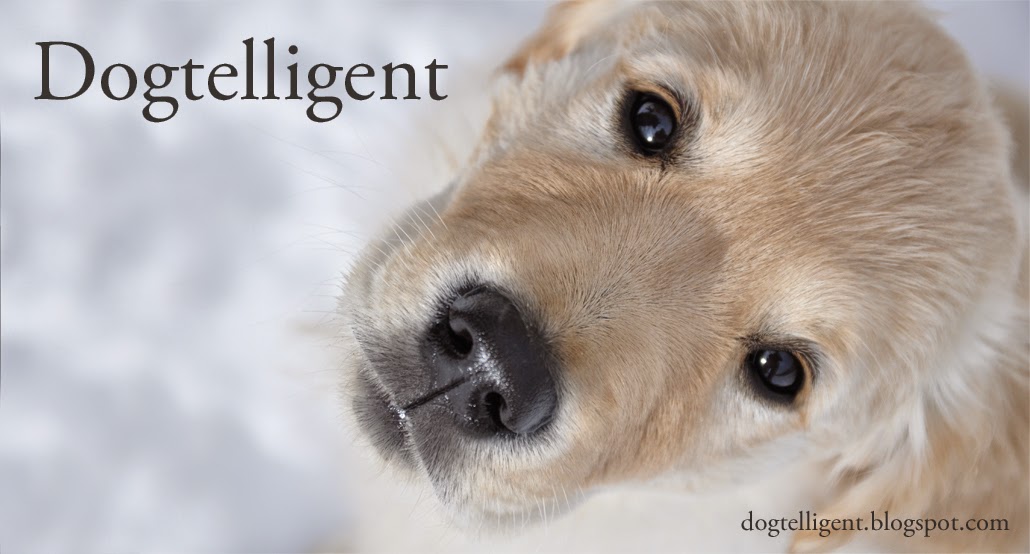You've just walked your dog and what came out the back of your beloved pet is an unpleasant puddle of slime and water. When you get home the dog just lies flat out on its side and before long you hear the unmistakable sounds of your best friend vomiting all over the carpet. You rush back into the room just to see your dog giving you the saddest look in the world and when you pet him he feels almost sweaty.
 |
| About a year ago a dog owned by a friend and coworker of
mine came to the clinic after having vomited and had diarrhea. He is a
Siberian husky called Varg and the breeder is another friend of mine.
Here poor Varg is feeling very sick |
Most dog owners will experience this scenario at least once and if (or when) it happens it's good to know what to do. If your dog is weak and vomiting, get it to the vet as soon as
possible. The problem could be caused either of something poisonous the
dog ate or something that has gotten stuck somewhere in the stomach or
intestines, both of which could be life threatening. (It could of course
be caused of several other different things, but the dog should either
way be seen by the vet.) If the dog "only" has diarrhea but is otherwise
in good health you first and foremost have to make sure the dog gets enough water. You can also give it several small servings of
"intestinal"-food a day (food specifically made for dogs with sensitive stomachs). Several of the dog food brands that are for
sale at veterinarians have these types of food, both dry and wet kinds.
In addition you can buy probiotic paste, of which there are also several
brands, you can find these at your vet too. Follow the instructions on
the package for how often and how much the dog should get. Both the
probiotic paste and the dog food for intestinal problems are good to
always have at home, since for some reason dogs tend to get sick during
weekends or in the middle of the night... If the diarrhea continues in
spite of this (more than 1 day) or if the dog at any point gets weak or
start vomiting, call your vet.
 |
| This is an x-ray of Varg's intestines a couple of hours after ingestion
of the contrast. As you can see, the contrast fluid has passed through
most of the small and large intestines but something is absorbing it in
the area around the cursor. This could have been a foreign object
blocking the intestines, but it turned out not to be the case. |
So what typically
happens when you get to the vet? First the vet will examine the dog.
Often a blood sample is taken, to check for problems with the kidney and liver. Depending on what these blood samples show, additional blood test can be run. The dog is typically then given fluid intravenously to counteract the dehydration caused by the vomiting and the diarrhea. If the vet haven't found the cause of the problem at this point the next step is taking x-rays of the stomach. Especially in young dogs (or adult dogs that
are known to eat things they shouldn't) it is important to first take an x-ray to check for foreign objects and then (if nothing obvious is found) take a
series of x-rays after giving the dog contrast fluid to check that the
root of the problem isn't an object blocking the intestines. If all of these things turn out OK, the problem is simply a so called
gastroenteritis, i.e. an inflammation of the gastrointestinal tract. The cause is then most often either a viral or bacterial infection, or the dog has ingested something that causes an inflammation. Examples of the latter can be milk (many dogs cannot break down the lactose in the milk), so called
NSAIDs (painkillers) or food that has gone bad.
 |
| Varg was given fluid intravenously to counteract the dehydration caused by vomiting and diarrhea. |
In Varg's case it turned out to be a gastroenteritis and after he had gotten enough fluid and some medicine to calm the stomach he was sent home with "intestinal" food and some probiotic paste. In a couple of days he was back to his normal self.
 |
| Poor Varg not feeling well. |
Since I've known Varg since he was only one day old I thought that I'd just post some pictures of Varg when he was younger. Varg is the Swedish word for wolf, a very suitable name for this wolf-looking sweetheart!
 |
| Varg and his littermates just 1 day old, Varg is in the top right corner. I was allowed to come visit the puppies at this early stage because me and Tessa (the mother dog) know each other so well. |
 |
| Varg 5 weeks old :) |
|
|
|
|
 |
| Varg 5 weeks old and my boyfriend. |
 |
| Varg 4 months old. |
 |
| Varg and his two sisters, Vega and Vida. |










